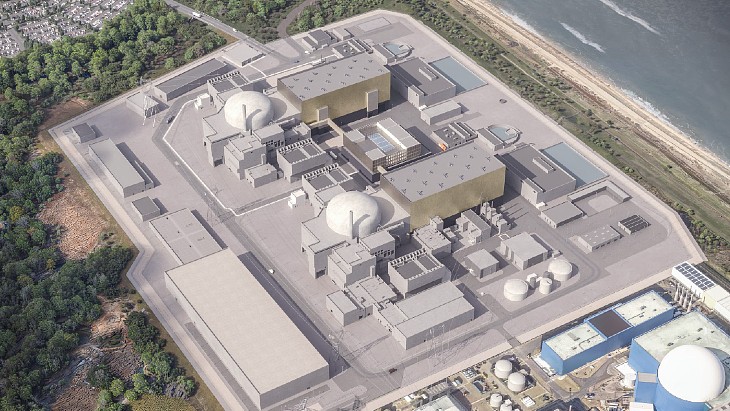With an increase of more than 7% in the world's identified uranium resources over the past two years, the resource base is more than enough to meet the needs of the nuclear power sector, which is set to grow for the foreseeable future, according to the latest edition of the OECD Nuclear Energy Agency (NEA) and the International Atomic Energy Agency's (IAEA)'s flagship publication.
Uranium 2014: Resources, Production and Demand is the 25th edition of the report, commonly known as the Red Book. Reflecting information current as of 1 January 2013, it features a comprehensive assessment of uranium supply and demand in 2013 as well as projections to 2035. The information is drawn from data from 45 uranium producing and consuming countries.
Increases in overall identified uranium resources have added almost ten years' worth of reactor requirements to the existing resource base with total identified resources as of January 2013 standing at 5.903 million tU recoverable at costs of up to $130/kgU. However, the majority of those increases have been in categories with higher production costs, the report notes. Furthermore, the majority of the increases resulted from re-evaluations of previously identified resources plus additions to known deposits.
The increase in the resource base reflects a 23% increase in global expenditure on uranium exploration and mine development in the 2010-2012 period and the report suggests this may increase slightly in 2013.
Global production continued to grow, but at 7.6% the rate of the increase was slower than that reported in the previous Red Book. Overall, world production for 2012 stood at 58,816 tU and is projected to be more than 59,500 tU for 2013, principally due to increased production in Kazakshtan with smaller contributions from Australia, Brazil, China, Malawi, Namibia, Niger, Ukraine and the USA. In-situ leaching accounted for 45% of world production and is forecast to increase its domination still further, reaching 47.5% of total production in 2013.
Meeting growing demand
Despite energy policy changes in some European countries following the 2011 Fukushima Daiichi accident, world nuclear capacity is projected to grow to between 400 GWe (in the low-case scenario) and 680 GWe (in the highest scenario) by 2035. This would result in annual reactor-related uranium requirements of 72,000 to 122,000 tU per year by 2035.
The largest increase in capacity is projected to occur in the East Asia region, with the installation of between 57 GWe and 125 GWe by 2035. Significant additions are also projected for capacity in European countries outside the European Union, the Middle East, central and southern Asia, although the authors note that China did not report official targets for nuclear power capacity beyond 2020.
The currently defined resource base is more than adequate to meet even the high case demand, but to do so will depend upon "timely investments" given the long lead time to turn an identified resource into a producing operation, the report cautions.
"Uranium miners have been hit harder by the Fukushima Daiichi accident than any other segment of the nuclear fuel cycle," the report notes. To bring new resource to the market, "producers will have to overcome a number of significant and at times unpredictable issues … including geopolitical factors, technical challenges and risks at some facilities, the potential development of ever more stringent regulatory requirements and the heightened expectations of governments hosting uranium mining. Sufficiently robust uranium market prices will be needed to support these activities, especially in light of the rising costs of production."
Researched and written
by World Nuclear News




_55530.jpg)
_42372.jpg)
_37521_70699.jpg)

_76087_55556.jpg)




